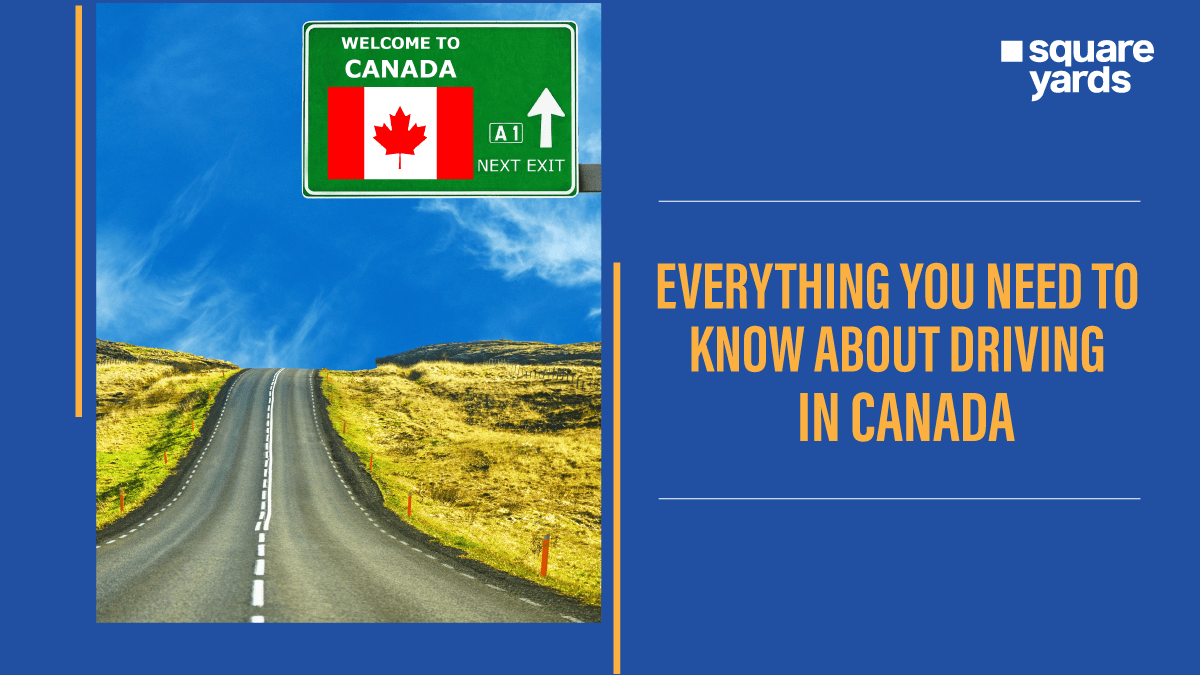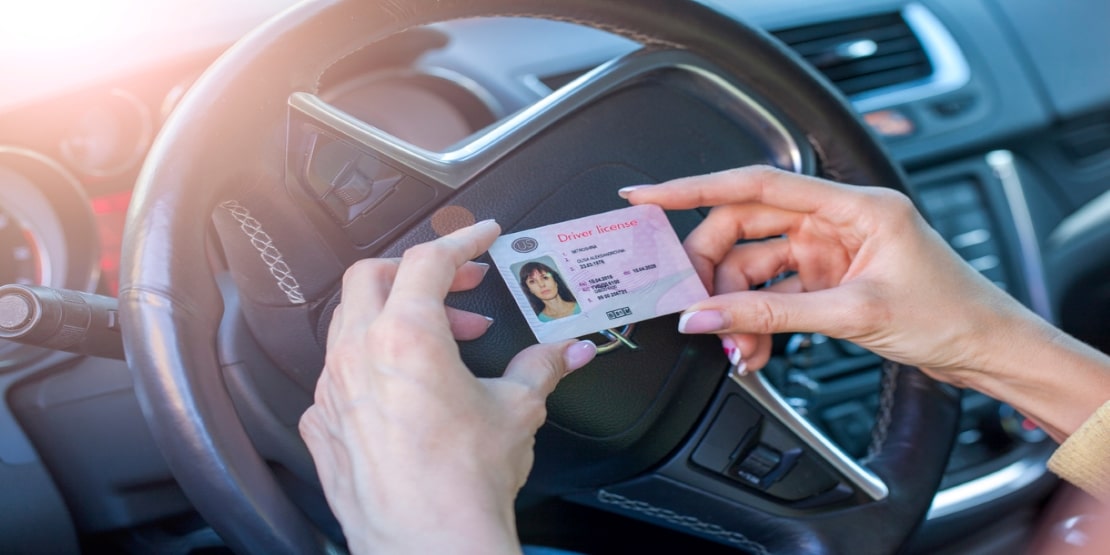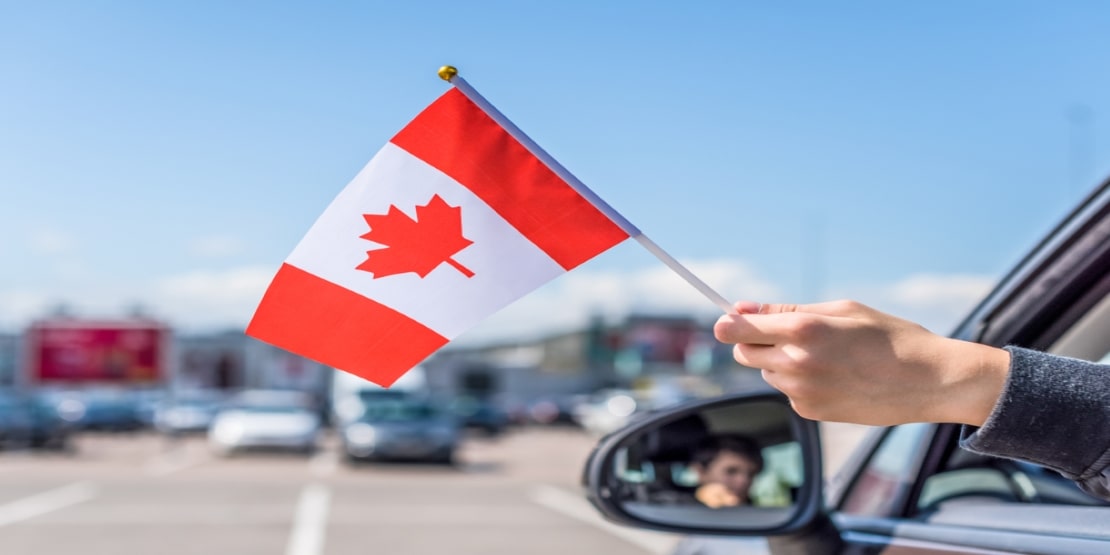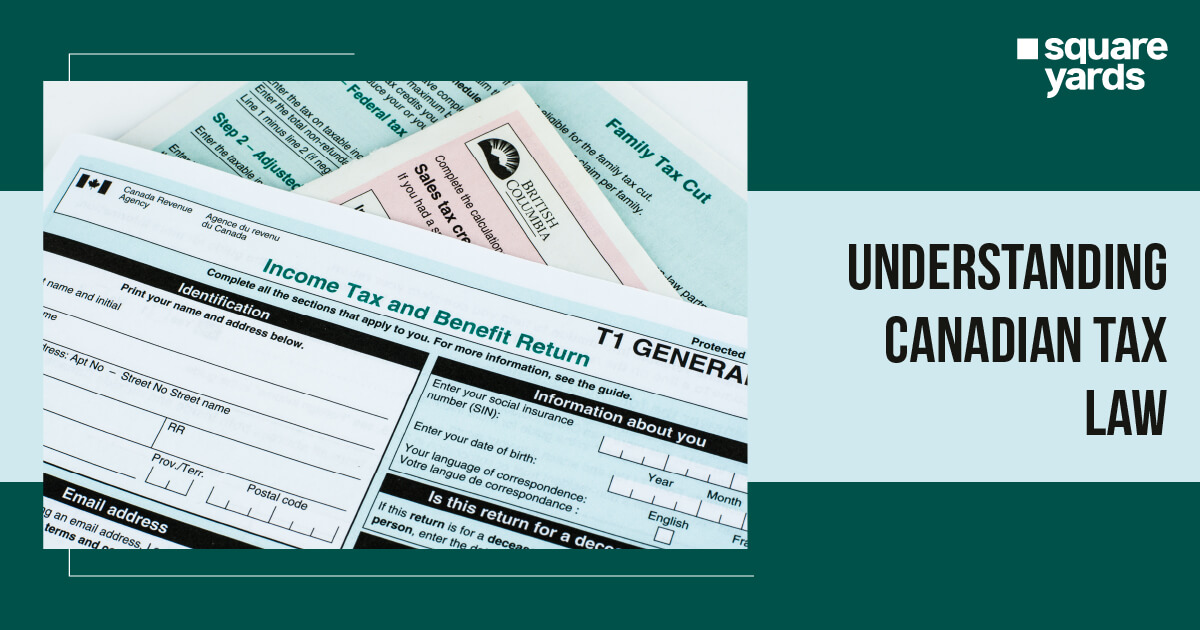No honking or horse racing on the highway? You may know how to drive, but there are a few important laws that drivers in Canada must know to safeguard themselves from a hefty fine or jail time. Before exploring every corner of Canada, educate yourself about provincial-specific laws and some common road signs. But don’t you worry, we’ll tell you everything you need to know before taking over the wheels and driving in Canada.
Every country has its own set of driving laws, and Canada is no exception. Before you hit the road, make sure you are familiar with the area, environment, and, of course, the Canada driving rules! If you have driven in the US, then driving in Canada shouldn’t be a difficult task for you. For a smooth and hassle-free driving experience in Canada, keep reading folks!
Driver’s Licence in Canada
To drive a vehicle legally in Canada, you will require a driver’s licence from the government of the province you reside in. If you possess a foreign driving license, then it may be valid provided you get an International Driving Permit (IDP) from your native country.
The licence application process in Canada varies from province to province. Therefore, it is important to do thorough research about the province from which you wish to obtain the licence. If you are keen on saving your time and truckloads of dollars, then we highly recommend that you arrange all the required documents before arriving in Canada. Doing so will speed up your licence application process, and you may receive your licence much earlier than the standard time.
The process of getting a driver’s licence includes the following:
-
- A written (offline) examination
- A couple of driving tests
Check out the guidelines and information regarding driving lessons, exams, etc. in your province below:
-
- Alberta
- British Columbia
- Manitoba
- New Brunswick
- Newfoundland & Labrador
- Northwest Territories
- Nova Scotia
- Ontario
- Prince Edward Island
- Quebec
- Saskatchewan
- Yukon
| Pro Tip: Always carry an original and hard copy of your driving license, the Royal Canadian Mounted Police (RCMP) strictly do not entertain a soft copy. |
Valid Car Insurance in Canada
One of the basic necessities for Canadian residents is owning a vehicle to commute. It is no surprise that buying a car goes hand in hand with buying insurance for your car. It might not be compulsory in every country to buy insurance, but in Canada it is! If you are caught without auto insurance, you will have to face serious penalties and pay a hefty amount as a fine. If it’s your first conviction, the fine ranges between $5000 to $25,000. In the case of a second conviction, the fines range from $10,000 to $50,000. Depending on the severity of the crime, either your licence can be suspended or your car can be seized or both.
Buying insurance for your car is a fairly easy task, although deciding which one to buy makes you sweat. There are a number of car insurance policies to choose from, most of which can be clubbed together. Despite it all, the important question still remains, “Which insurance policy is the best for you to invest in?”
Buying insurance for your car is quite a significant investment, therefore, consider the following before investing in one:
What are your specific insurance needs?
-
- Find out the mandatory coverage requirements for your vehicle in your province. You can skip buying the optional!
- Ensure that you get a complete understanding of the coverage of the plan you opt for.
Is clubbing two or more insurance policies bringing you more value or returns?
-
- Take advantage of the multi-policy discounts by buying insurance for multiple vehicles at once.
- Buying insurance for all the drivers from the same household.
Where can you get the best at the lowest price?
-
- If you have just one car, getting in touch with a ‘direct writer’ can be beneficial.
- If you own multiple vehicles from different companies, it’s better to connect with a broker that deals with multiple companies.
| Pro Tip: If you often drive your friend’s or a relative’s car, be certain to have your name listed on their car insurance policy. |
Canada Driving Rules
Even though some rules might be a bit different in each province, here are a few key guidelines you should always follow when driving in Canada:
Some general Canadian rules to follow while driving:
-
- Always drive on the right-hand side of the road.
- The minimum age to drive on your own varies by province, but it’s usually 17 years old with a valid driver’s license. In Ontario, however, you can drive at 16.
- In many cities, you can turn right at a red light unless there’s a sign saying you can’t. Montreal is a notable exception, where turning right at a red light is never permitted.
- Everyone in the vehicle must wear a seatbelt.
- Children under 9 years old must be in a child safety seat.
- You’re not allowed to use your cell phone while driving unless you have a hands-free setup.
- Speed limits are generally 50 km/h in urban areas and 80-100 km/h on highways.
- You must come to a complete stop at a stop sign, stopping at the white line.
- Driving under the influence of alcohol is illegal and taken very seriously.
- Some places have lanes for High Occupancy Vehicles (HOV) that require at least two people in the car, including the driver.
- Always stop for a yellow school bus displaying a ‘stop’ sign, which means children are getting on or off.
- Give way to pedestrians crossing the street, ensuring they can do so safely.
| Pro Tip: In case of any kind of emergency while driving in Canada, you can contact the Canadian Automobile Association for help. |
Hacks to Know Before Driving in Canada
Change in Language
Canada is primarily an English-speaking country, but in some parts of the country, like Quebec, you will notice the signboards will be in French. The regional accents may also vary from the rest of Canada. It is advisable to familiarise yourself with some French signboards.
Coping With Long Journeys
Canada, being the second-largest country in the world, comes with an extensive road network, and it is no surprise that your road trips are indeed going to be long and weary. You will be at ease if you carry some comfortable pillows and blankets to shoo away your body aches.
Save Assistance Numbers
Before you begin your tiresome journey by road in Canada, ensure that you save some essential numbers on your cell phones. Saving at least 4-5 roadside assistance numbers comes with no cons. You never know when your car may break down on a stretchy road with no internet access.
Need To Know When Driving in Canada During Winter?
Winter driving in Canada can be tough because of all the snow and ice, which can make it hard to steer your car. In Quebec, you must use special winter tires, also known as studded tires, during the cold months. This rule applies to every vehicle, even motorcycles. Each province in Canada has its own set of rules about when you need to use winter tires.
A good tip: Always make sure your cell phone is fully charged and have emergency numbers ready. You should also have a kit in your car with things like ice scrapers, blankets, and flashlights, just in case you get stuck.
Summing Up
Driving in Canada is no different from driving anywhere in the world. However, driving comes with a lot of responsibility. The person behind the wheel is not only responsible for his/her own life but also the lives of their co-passengers. While driving in a new country can be quite challenging, doing a little research about the rules can give you a head start. Remember to always abide by the Canada driving rules of the area you drive in to avoid getting yourself in trouble. Sit back, relax and enjoy your drive with scenic views all across Canada.
You May Also Read
| Guide To Real Estate Tax in Canada | Real Estate Tax in Canada |
| Know The Speculation and Vacancy Tax | Speculation and Vacancy Tax |
| What is Canadian Employment Law | Canadian Employment Law |
| Laws of Landlord Tenant Rights | Landlord Tenant Rights |
Frequently Asked Questions (FAQ’s)
Is driving in Canada on the left or right?
In Canada, the steering wheel in a car is on the left-hand side, and you drive on the right-hand side of the road. Overtaking or passing is also done from the left.
Can a tourist drive in Canada?
Yes, anybody can legally drive anywhere in Canada provided you have a valid driver’s license issued by the Canadian government of the province you reside in. You can also drive with a foreign driving licence if you have an international driving permit from your home country.
What are the Canada driving rules?
Always drive on your right and pass on the left. Always wear your seatbelt when driving. It is illegal to drive under the influence of alcohol. Use an indicator while turning left or right. Always carry your driving licence, insurance and registration documents.
What is the maximum speed limit in Canada?
The maximum speed limit allowed in Canada is in British Columbia, which allows the driver to travel up to 75 mph (120 km/h), which has now been reduced to 68 mph (110 km/h). The speed limit varies in various areas of Canada, i.e. 50mph (80km/h) in rural areas and 31mph (50km/h) in urban areas are the maximum speed limits.
What is the age to get a driving licence in Canada?
One must be at least 16 years old to be eligible to apply for a driving license in Canada. He/She must also pass a test of traffic signs and rules of the road and a vision test. He/she must also pass two driving tests to successfully avail of a license in Canada.










